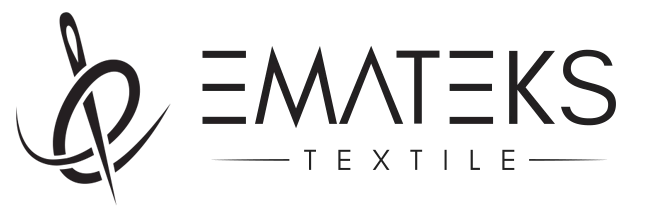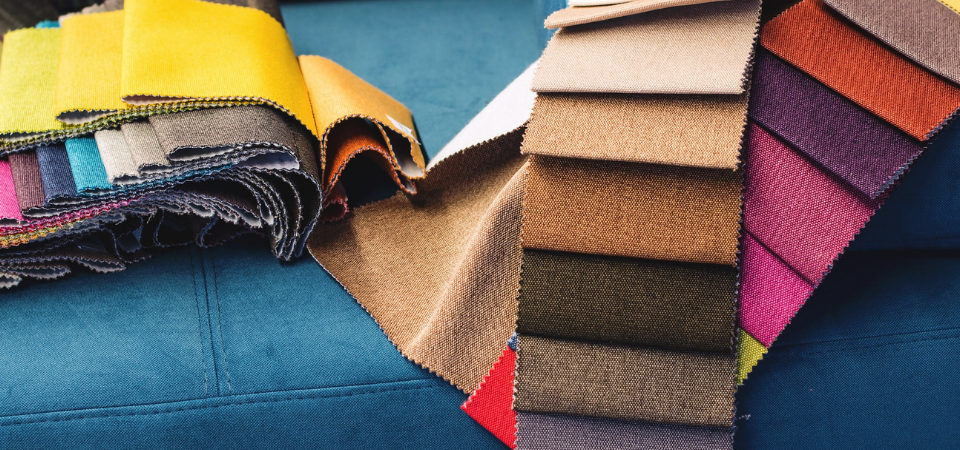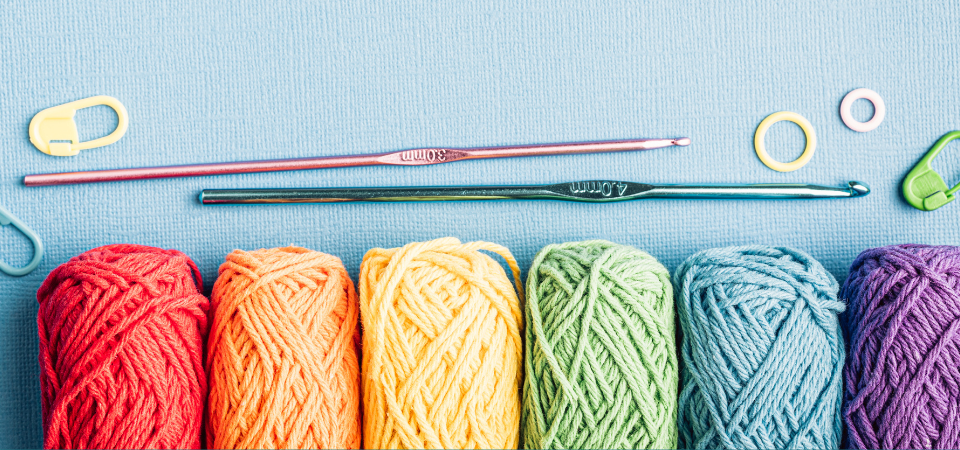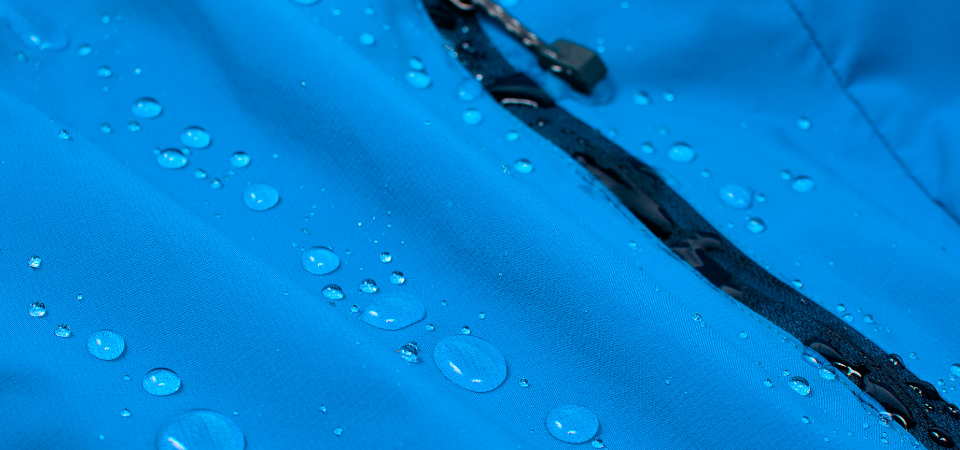
Different Methods of Printing in Textile with Advantages
October 3, 2023
Regenerative Cotton Cultivating Sustainable Textile Practices
October 6, 2023The fast fashion industry is becoming increasingly widespread, resulting in massive waste and energy use. Increased consumption behavior leads to the purchase of many clothes that are not needed every day. Sustainable steps are becoming increasingly important as the fashion industry is the second largest pollutant in the world. One of these steps is sustainable fashion. Sustainable fashion encourages the production of clothes under sustainable conditions, shopping only within the need, and the use of products such as recycling and second-hand. For this reason, there are many important sustainable fashion trends that stand out. It is necessary to learn and apply these trends to change our preferences to be sustainable in daily life. Every choice we make has a devastating effect on the environment. Because of this, sustainable fashion trends consist of approaches that cannot be ignored and should become more common.
The Rise of Sustainable Fashion Trends
As the rapid fashion industry’s environmental damage has become noticeable to everyone, there is a huge demand for sustainable alternatives by consumers. Increasing this demand day by day is one of the factors that make sustainable fashion more popular. Today, many applications are being carried out to raise awareness of the environmental impact of the decisions made by consumers. As demand from consumers increases, sustainable fashion products are more accessible to everyone and become more common among brands. In this sense, there are many different sustainable fashion trends that are often preferred by consumers. Although some of these trends are known in advance, their importance has just come out. It is expected that these fashion trends become more important in the future.
Sustainable Fashion Trends for 2024
Every outfit we wear in our daily lives has an impact on the environment. Our choices are of great importance as these effects are quite devastating. Some sustainable fashion trends stand out as every choice is very important. These trends that everyone can implement in some ways are an environmental approach and one of the big steps to support a sustainable future. Below are examples of these fashion trends that you can adapt to everyday life.
1. Reusable Packaging
One of the sustainable fashion trends that came to the fore in 2024 is reusable packaging. The use of reusable packaging of the relevant brand makes it stand out in terms of reputation. For example, giving fabric bags in shopping and reusing this bag as a shopping bag, or the arrival of a product in a fabric pouch and reusing it for the enclosure are some of the successful applications of reusable packaging.
2. The Rise of Resale
Second-hand shopping is always a sought-after shopping method, but sustainable fashion trends have gained even more importance since it came to the fore. It is a very important process to resell unused clothes if they go to the trash and have waste. The resale of clothing is expected to increase in the future. Whether it’s vintage products or new products, it’s possible to find a lot of things in second-hand sales. There are physical stores and online websites for both selling and shopping. It is possible for to everyone be a seller and a buyer in this system, and it is very useful and environmentally friendly.
3. Circular Economy and Upcycling
Circular economy and upcycling are two concepts that are important in sustainable fashion trends. In a circular economy, clothes are not thrown away, recycled, and reused. This can be applied in many different areas, from the production stage of an outfit to the stage where it was purchased by the consumer. Upcycling involves turning old and deformed clothing into higher-performance products. It is an effective method to reduce waste, and chemicals and use resources more efficiently. Many brands collect old clothes for upcycling and transform these products. It is also possible to transform old clothes individually. For example, trousers with a small tear can be converted by patch method or embroidery.
4. Ethical and Transparent Supply Chains
Sustainable fashion is not only harmful to the environment but also unethical labor force is tried to be prevented. Sustainable fashion trends applications involve avoiding child labor, supporting fair wages, providing a safe business environment, and humanitarian working hours. For this reason, brands should carefully select the institutions that they have partnered and do business with and share it with consumers. Ethical and transparent supply chains provide many benefits not only environmentally but also socially and economically in this respect.
5. Slow Fashion and Minimalism
The slow fashion movement has emerged as a reaction to fast fashion. This movement gives consumers awareness of fast fashion and directs it to more conscious preferences. With slow fashion, the use of both durable and long-lasting clothing has become widespread. The proliferation of minimalism and slow fashion principles makes it easier to better understand and maintain slow fashion trends.
6. Innovative Sustainable Materials
Sustainable fashion trends can be used not only in the shopping phase but also in the production phase. Every outfit produced requires a large amount of water expenditure and chemical use, which causes great harm to the environment. To prevent this, the use of innovative and sustainable materials is encouraged. For example, cotton is the most used fabric in the fashion industry and its production is not sustainable at all. Production of organic or regenerative cotton is a much more sustainable method rather than traditional cotton production. Moreover, products produced under sustainable conditions are much more durable and long-lasting than traditional ones.
7. Rental and Vintage
Another sustainable fashion trend that can be used to prevent clothes from being wasted is buying or renting clothes. It is quite logical to rent clothes that will only be worn once. In addition, vintage clothes are among the indispensable of second-hand clothing markets. These two approaches, which are in demand at every period, are among the easy and highly effective trends.
Implementing Sustainable Practices in Operations
Although a great task falls on consumers for a more sustainable future, sustainable practices should also be applied in operations. Each detail can be carried out sustainably, from the preferred fabric during the production phase to the lighting used in the stores. There are many different applications that retailers can do, such as sustainable agriculture, recycled fabrics, the use of renewable energy sources, reusable or recyclable packaging, and chemical reduction. In addition, retailers can support ethical and fair labor and base the principle of a safe business environment on themselves. These practices are very important steps for both the environment and the brand itself.




